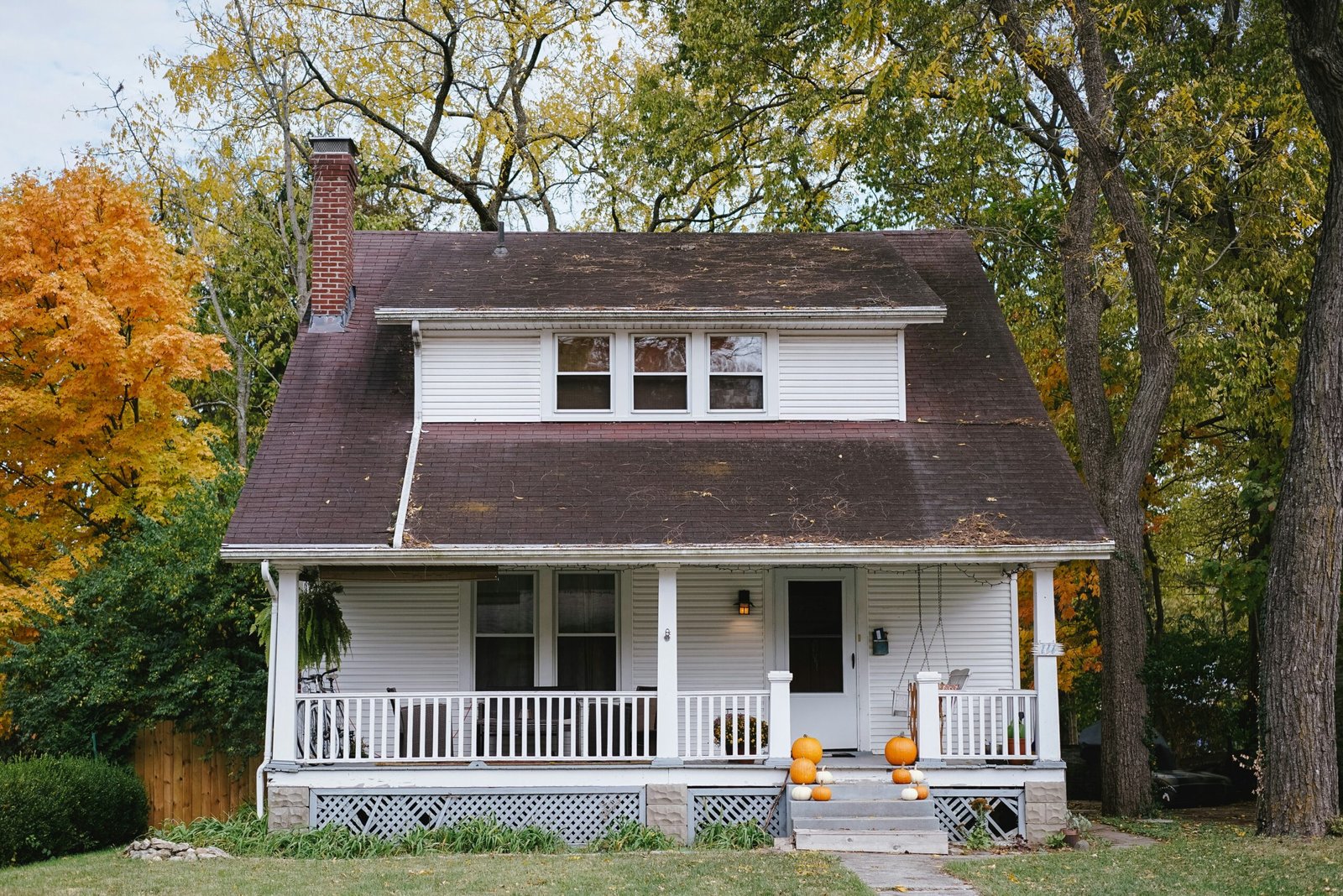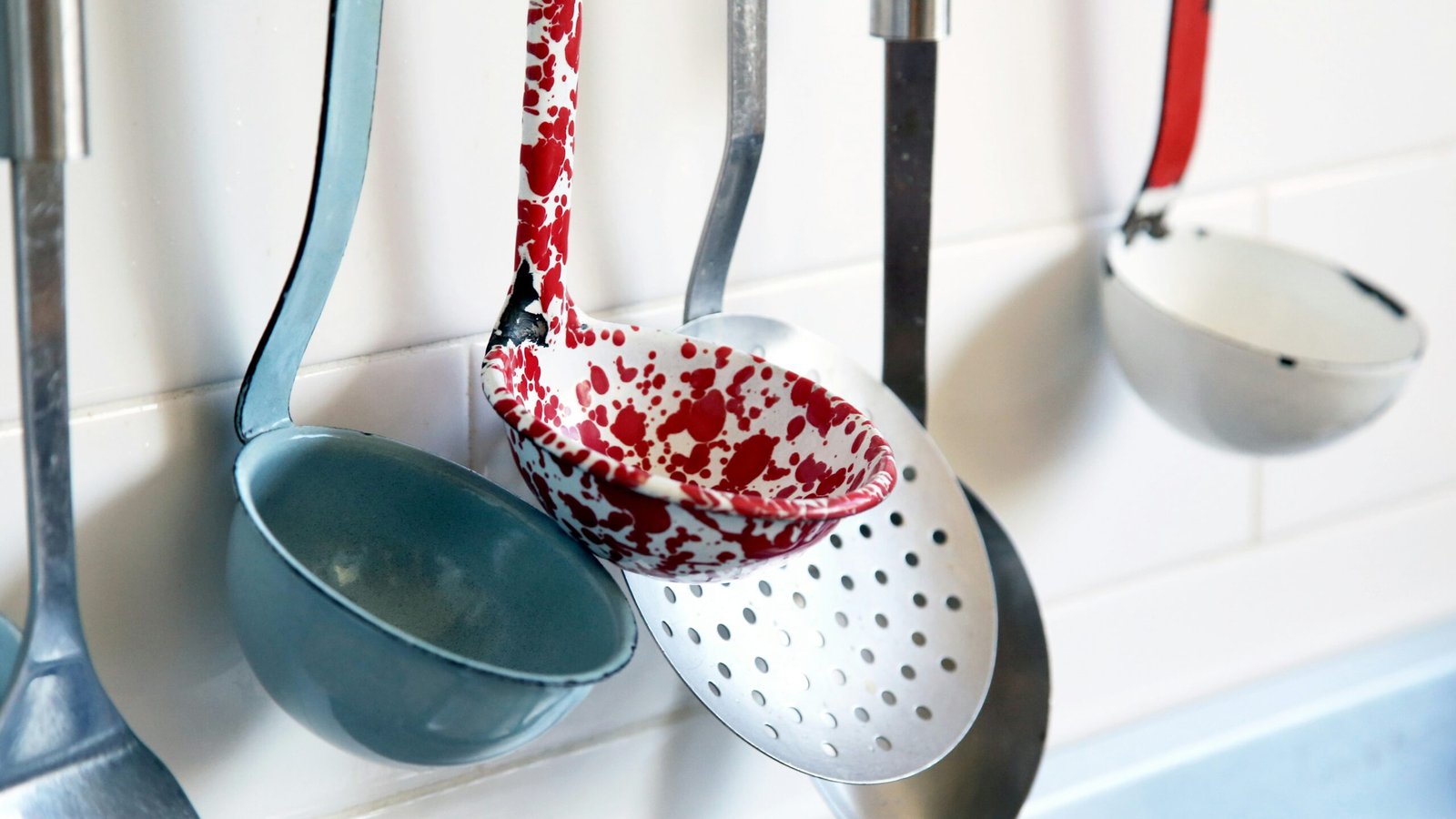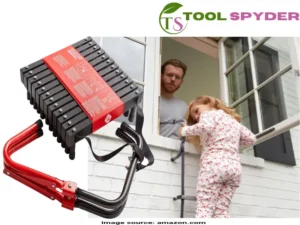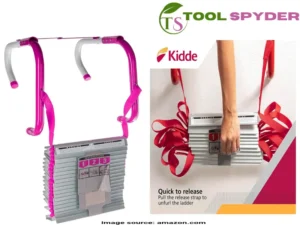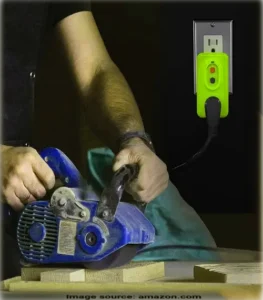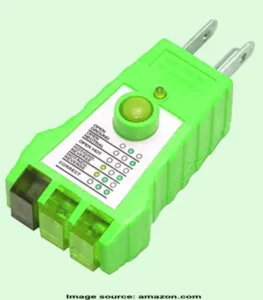Introduction
One of the first things you can do to pass a home inspection without spending a fortune is to conduct a pre-inspection of your own. This involves going through your home and identifying any potential issues that may come up during the actual inspection. Look for things like leaky faucets, loose electrical outlets, or cracked windows. By addressing these minor issues beforehand, you can save yourself from having to pay for expensive repairs later on.
- Another cost-effective way to prepare for a home inspection is to clean and declutter your home. A cluttered and dirty house can give the impression that the property has not been well-maintained.
- Furthermore, it is important to check your home’s major systems and appliances before the inspection. This includes inspecting the HVAC system, water heater, electrical panel, and plumbing. Look for any signs of wear and tear or potential issues, such as rusted pipes or faulty wiring.
- Additionally, it is crucial to address any known issues or repairs that are required before the inspection. This includes fixing leaky roofs, repairing cracked foundations, or replacing broken windows.
- Lastly, it is important to have all necessary documentation and paperwork readily available for the inspector. This includes maintenance records, warranties, and permits for any renovations or repairs that have been done on the property.
1. Start with a Pre-Inspection For Home Inspection

Before putting your home on the market, consider hiring a professional inspector to conduct a pre-inspection. A pre-inspection will help you identify any major issues that may arise during the actual home inspection. By addressing these issues beforehand, you can save both time and money.
During the pre-inspection, pay close attention to the following areas:
- Roof: Check for any missing or damaged shingles. It’s important to ensure that the roof is in good condition as it plays a crucial role in protecting the interior of the house from weather elements such as rain, snow, and wind. Any signs of damage or wear should be addressed promptly to avoid further issues.
- Foundation: Look for cracks or signs of water damage. The foundation is the base of your home and any issues with it can lead to structural problems. Cracks or signs of water damage should be thoroughly examined and repaired by a professional if necessary.
- Electrical System: Ensure that all outlets and switches are functioning properly. Faulty electrical systems can be a safety hazard and may require immediate attention. Check for any flickering lights, non-functional outlets, or switches that are not working as they should.
- Plumbing: Check for leaks or clogs in pipes. Plumbing is a dangerous issues. It can lead to water damage and mold growth if not addressed properly. Inspect the pipes for any leaks or signs of corrosion. Run water in all faucets and flush toilets to check for any clogs or slow drainage.
- Heating and Cooling Systems: Make sure they are in good working condition. A properly functioning heating and cooling system is essential for the comfort of the occupants. Check the filters, thermostat, and overall performance of the system to ensure it is working efficiently.
By addressing these issues early on, you can avoid any surprises during the actual home inspection. It’s important to note that while a pre-inspection can help identify major issues, it may not uncover every minor problem. It is still advisable to disclose any known issues to potential buyers to maintain transparency and avoid legal complications in the future.
2. Focus on Curb Appeal
First impressions matter, and that includes the exterior of your home. Enhancing your home’s curb appeal can go a long way in creating a positive impression during a home inspection.
Here are some affordable ways to improve your home’s curb appeal:
- Paint the front door and trim to freshen up the look.
- Ensure the lawn is well-maintained by mowing, weeding, and watering regularly.
- Trim bushes and trees to create a neat and tidy appearance.
- Consider adding potted plants or flowers to the front porch or entryway.
These simple and cost-effective improvements can make a significant difference in the overall appearance of your home.
Outdoor Lighting
Another way to enhance your home’s curb appeal is by investing in outdoor lighting. Well-placed lights can highlight architectural features, illuminate pathways, and create a warm and inviting atmosphere. Consider installing solar-powered lights along your driveway or walkway, or adding decorative light fixtures near your front door. Not only will this improve the safety and security of your home, but it will also add a touch of elegance and charm.
Home’s Landscaping
In addition to lighting, updating your home’s landscaping can have a dramatic impact on its curb appeal. Consider adding flower beds, shrubs, or trees to create visual interest and add color to your front yard. Choose plants that are low-maintenance and suited to your climate to ensure they thrive. You can also add hardscaping elements such as a stone pathway, a decorative fence, or a water feature to further enhance the overall aesthetic of your home.
Driveway and Walkways
Furthermore, paying attention to the condition of your driveway and walkways is essential. Cracked or uneven surfaces can detract from the overall appeal of your home. Consider repairing or resurfacing these areas to create a smooth and clean look. If your budget allows, you may even want to consider adding a decorative border or pattern to make these areas stand out.
Replace Outdated
Lastly, Replace outdated or worn-out house numbers, mailbox, and door hardware to give your home a fresh and modern look. Consider adding a welcoming doormat, hanging a seasonal wreath on your front door, or installing window boxes filled with colorful flowers. These small touches can make your home feel more inviting and well-maintained.
Curb Appeal
By focusing on curb appeal, you can create a positive first impression and increase the overall value of your home. Taking the time to make these improvements will not only benefit you during a home inspection but also enhance your enjoyment of your home every day.
3. Clean and Declutter for Home Inspection
A clean and clutter-free home not only looks more appealing but also gives the impression of a well-maintained property. Prior to the home inspection, take the time to thoroughly clean your home and declutter any unnecessary items.
Pay attention to the following areas:
- Remove personal items and excessive decorations. This allows potential buyers to envision themselves living in the space and avoids any distractions that may deter them from focusing on the features of the home.
- Dust and vacuum all surfaces, including hard-to-reach areas. This not only improves the overall appearance of the home but also shows that you have taken good care of the property.
- Deep clean the kitchen and bathrooms, paying special attention to countertops, sinks, and fixtures. These areas are often scrutinized by home inspectors and buyers, so it’s important to ensure they are spotless and in good condition.
- Organize closets and storage spaces to showcase their potential. Potential buyers will be looking for ample storage options, so make sure to tidy up these areas and remove any unnecessary items. This will give the impression of a well-organized and spacious home.
By presenting a clean and clutter-free home, you are more likely to impress the home inspector and potential buyers. A well-maintained and organized home not only increases its market value but also creates a positive impression, making it easier to sell the property at a desirable price. Take the time to clean and declutter your home before the inspection, and you’ll be one step closer to a successful sale.
4. Address Minor Repairs to Reduce Home Inspection Cost
While major repairs can be costly, addressing minor repairs can be done at a relatively low price. Take the time to fix any small issues that may catch the eye of a home inspector. This not only enhances the overall appearance of your home but also gives the impression that you have taken good care of it.
Here are some common minor repairs to consider:
- Repair leaky faucets or toilets: Leaks not only waste water but also indicate potential plumbing problems. Fixing them promptly can prevent further damage and save you money on water bills.
- Replace burnt-out light bulbs: A well-lit home creates a warm and inviting atmosphere. Make sure all the light bulbs are in working order to showcase your home in the best possible light.
- Fix squeaky doors or cabinets: Squeaky doors and cabinets can be quite annoying. Lubricating the hinges or adjusting them can eliminate the noise and make your home more pleasant to live in.
- Touch up paint on walls and trim: Over time, walls and trim can get scuffed or chipped. A fresh coat of paint or touch-up can make a significant difference in the overall appearance of your home.
- Replace cracked or broken tiles: Cracked or broken tiles can be unsightly and may raise concerns about the quality of the flooring. Replacing them not only improves the aesthetics but also ensures the durability of the floor.
By taking care of these minor repairs, you can demonstrate that your home has been well-maintained and reduce the chances of the inspector finding any significant issues. Additionally, addressing these small repairs shows potential buyers that you are proactive and attentive to the details, which can increase their confidence in the overall condition of the property.
5. Ensure Proper Ventilation
Proper ventilation system is very much essential for keeping a healthy and comfortable home. During the home inspection, the inspector will check for adequate ventilation in various areas of the house. This includes assessing the ventilation systems in the kitchen, bathrooms, attic, and any other areas where proper airflow is crucial.
Here are the best tips to ensure proper ventilation for your home:
- Clean and maintain exhaust fans in the kitchen and bathrooms. Over time, these fans can accumulate dust and debris, hindering their efficiency. Regular cleaning will help to ensure that they are functioning optimally.
- Check that all vents, such as those for the dryer and HVAC system, are clean and free of obstructions. Blocked vents can lead to poor air circulation and potential hazards, such as dryer fires.
- Ensure that windows and doors seal properly to prevent drafts. Drafty windows and doors not only let in cold air during the winter months but also allow warm air to escape during the summer. This can result in increased energy consumption and discomfort for the occupants.
- Consider installing additional ventilation, such as attic vents or a whole-house fan, if necessary. Attics can become hot and stuffy, especially during the summer. Installing vents or a fan can help to improve air circulation and prevent moisture buildup, which can lead to mold growth.
Overall Air Quality
By addressing ventilation issues, you can improve the overall air quality and comfort of your home, which will be appreciated by both the inspector and potential buyers. Additionally, proper ventilation can help to prevent the accumulation of pollutants, such as volatile organic compounds (VOCs) and allergens, which can have adverse effects on indoor air quality and the health of the occupants.
Ventilation Systems
During the inspection, the inspector will assess the ventilation systems to ensure that they are functioning properly and meeting the necessary requirements. This may involve checking the airflow, inspecting the condition of the vents and fans, and evaluating the overall effectiveness of the ventilation system in maintaining a comfortable indoor environment.
Inspect the Insulation
Furthermore, the inspector may also inspect the insulation in the attic and walls, as proper insulation can contribute to effective ventilation. Insulation helps to regulate the temperature inside the house, preventing excessive heat or cold from entering or escaping. This, in turn, reduces the strain on the HVAC system and promotes energy efficiency.
In conclusion, ensuring proper ventilation is crucial for maintaining a healthy and comfortable home. By following the aforementioned tips and addressing any ventilation issues identified during the inspection, you can create an environment that promotes good indoor air quality, energy efficiency, and overall well-being.
6. Provide Documentation
Having proper documentation ready for the home inspection can help streamline the process and instill confidence in the inspector and potential buyers. It shows that you have taken care of your home and have documentation to prove it.
Here are some important documents to gather:
- Receipts for recent repairs or maintenance work: Keep track of any repairs or maintenance work that has been done on your property. This can include things like fixing a leaky roof, replacing a water heater, or repainting the exterior of the house. Having receipts for these repairs shows that you have taken the necessary steps to maintain your home.
- Warranties for any appliances or systems that are included in the sale: If you are including any appliances or systems in the sale of your home, make sure to gather the warranties for these items. This can include things like the refrigerator, dishwasher, HVAC system, or water heater. Having these warranties on hand shows that these items are in good working condition and are covered in case of any issues.
- Permits and certificates of compliance for any renovations or additions: If you have made any renovations or additions to your home, it is important to have the necessary permits and certificates of compliance. This includes things like adding a deck, finishing a basement, or installing a swimming pool. These documents show that the work was done legally and up to code.
- Records of regular maintenance, such as HVAC servicing or pest control: Keeping records of regular maintenance can demonstrate that you have taken care of your home and have kept up with necessary maintenance tasks. This can include things like HVAC servicing, regular pest control treatments, or annual chimney cleanings. These records show that you have been proactive in maintaining your home.
By providing these documents, you can demonstrate that your home has been well-cared for and that any necessary repairs or upgrades have been completed by professionals. This can give potential buyers peace of mind knowing that they are purchasing a home that has been properly maintained and is in good condition.
Conclusion
In conclusion, passing a home inspection with a low cost is possible with proper preparation and proactive maintenance. By conducting a pre-inspection, cleaning and decluttering your home, checking major systems, addressing known issues, and having all necessary documentation ready, you can increase your chances of passing the inspection without breaking the bank. Remember, a well-maintained and properly prepared home is more likely to pass the inspection and attract potential buyers.

